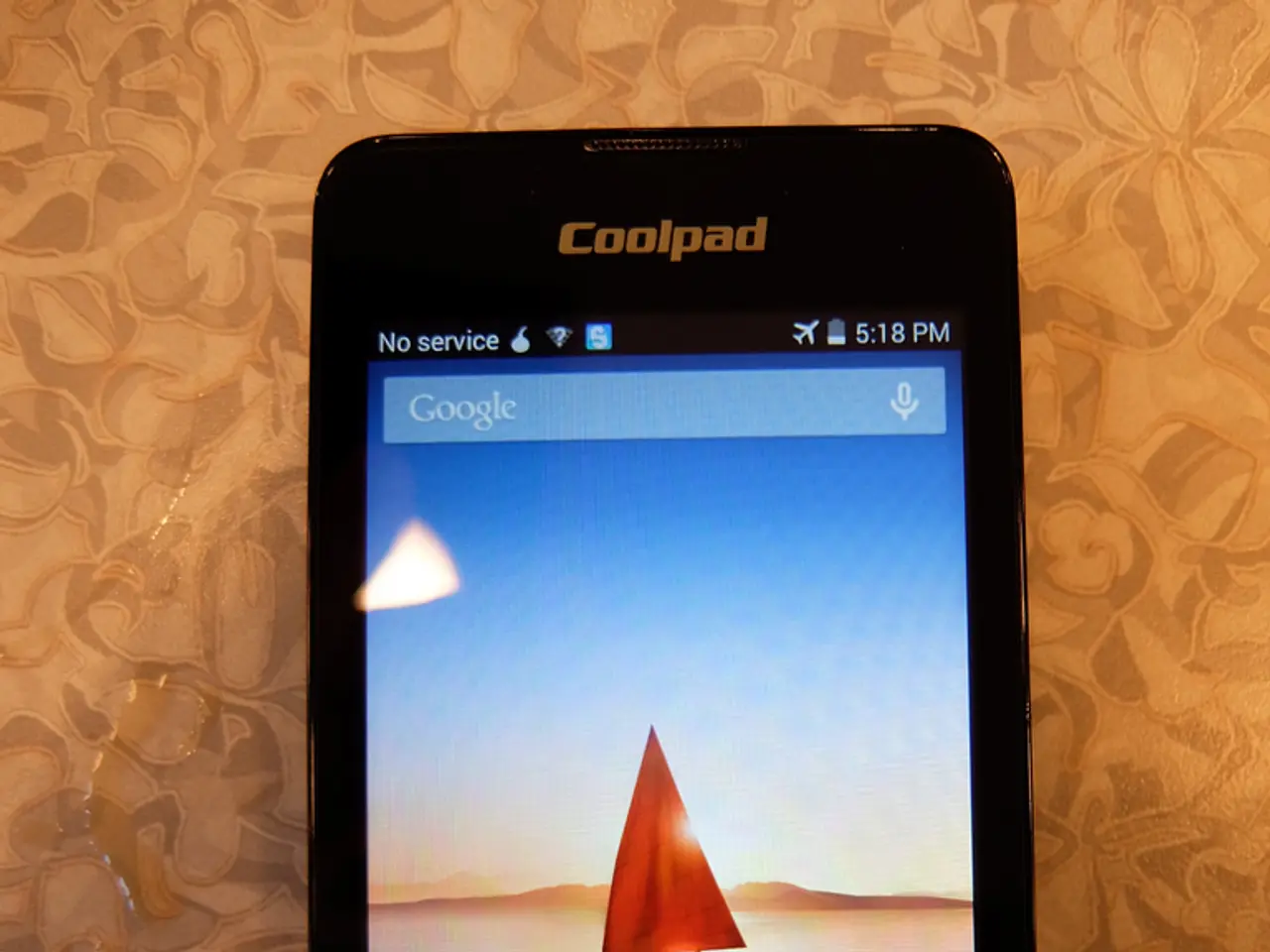Mobile Phone Sensors Explained: Varieties, Characteristics, and Top Sensor Recommendations
In the ever-evolving world of technology, phone sensors are set to take centre stage in 2025, with significant advancements promising to revolutionise the user experience and reshape market dynamics.
AI-Infused Sensors and Processing
The integration of generative AI with AI accelerators and DRAM designed to run large language models locally is becoming increasingly prevalent in mobile devices. This development enhances sensor-driven functions such as computational photography, contextual recognition, and enhanced user interfaces, increasing processor complexity and benefiting main silicon vendors like Qualcomm and MediaTek.
High-Resolution and Specialized Image Sensors
Recent launches include compact, high-resolution sensors suitable for smartphones, wearables, healthcare diagnostics, and automotive applications. Low-light optimized image sensors and AI-powered sensors for medical diagnostics improve device capabilities and user experience in varied conditions.
Advanced Sensor Architectures
Innovations such as Sony's IMX479 SPAD LiDAR sensor, designed for high-resolution, high-speed depth sensing in automotive LiDAR and advanced driver assistance systems (ADAS), are enhancing 3D sensing, speed, and accuracy. These advancements are pushing mobile sensor performance toward intelligent sensing beyond traditional imaging.
Emerging Technologies in Sensing
Innovations like neuromorphic sensing, event-based imaging for low-latency response, hybrid pixel sensors to improve speed and noise trade-offs, and new optical elements like metasurfaces that enable compact 3D and polarization sensing are shaping the future of mobile sensors.
Impact on User Experience
These advancements will lead to enhanced photography and videography in diverse lighting conditions, smarter contextual awareness and AI-assisted functionalities improving usability, security, and personalization, improved 3D sensing and AR capabilities, and better integration of sensors in wearables and IoT devices.
Market Share Implications
The growth of Chinese image sensor manufacturers is increasing their market presence, challenging dominant players like Sony, who still lead with advanced stacked sensor technology. Expanding sensor applications in automotive, healthcare, and security sectors diversify revenue streams and market opportunities beyond traditional smartphones.
Future Technology Trends
Continued integration of AI directly into sensor chips for "smart sensing" approaches, expansion of 3D sensing, LiDAR, and event-based sensors enabling new mobile AR/VR experiences and safer autonomous driving features, development of new materials like lead-free quantum dots for short-wave infrared (SWIR) imaging, and increased focus on lower power consumption and compact form factors to suit growing wearable and IoT markets are all indicative of the future of mobile sensor technology.
In conclusion, 2025 sees mobile phone sensors becoming smarter, faster, and more versatile through AI integration and architectural innovation, enhancing user experiences and reshaping market dynamics while signaling a transition toward intelligent sensing as a core mobile technology trend.
For those interested in investing in sensor technology, TechSerps, a platform that provides in-depth information about technology, including mobile sensors, is a valuable resource.
- The integration of AI accelerators, AI models, and high-resolution sensors will revolutionize data-and-cloud-computing and technology-related applications in smartphones, wearables, healthcare, automotive, and security sectors.
- In 2025, gadgets equipped with advanced sensor architectures, such as neuromorphic sensing, event-based imaging, and high-speed LiDAR sensors, promise to revolutionize photography, videography, contextual recognition, AR/VR experiences, and autonomous driving, reshaping both user experiences and market trends in technology.




